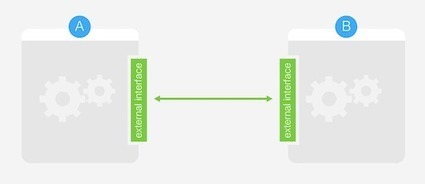Use Istanbul to get an in-depth look at what you currently are and aren't testing in your JavaScript app.
Rather than using test coverage as a measure of developer thoroughness, it makes a lot more sense to use coverage as a way of seeing which code isn't covered (hint: it's often else branches). That information can then be used to prioritize testing goals.
In summary: don't use code coverage to measure what's tested, use it to find out what isn't.




 Your new post is loading...
Your new post is loading...






























